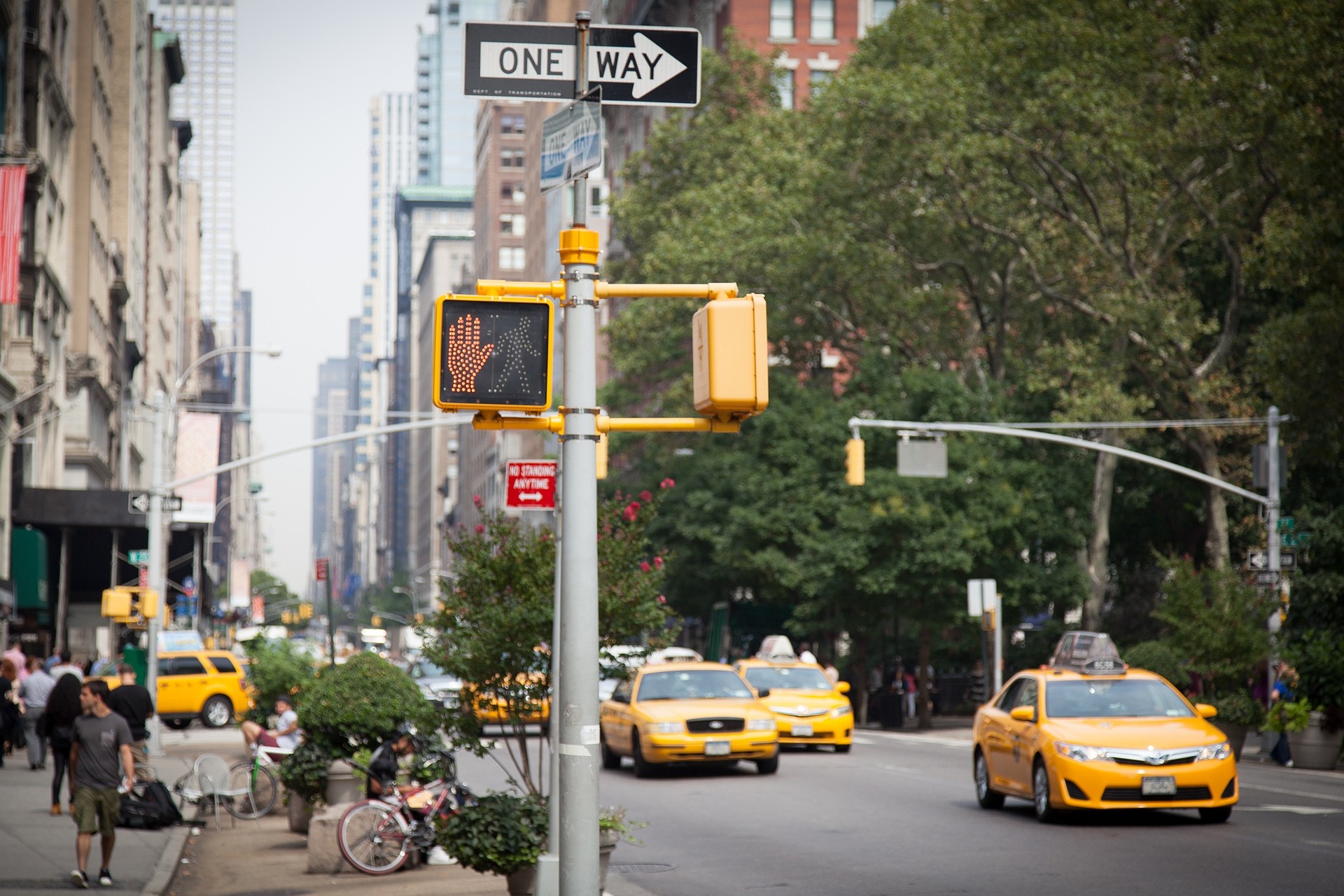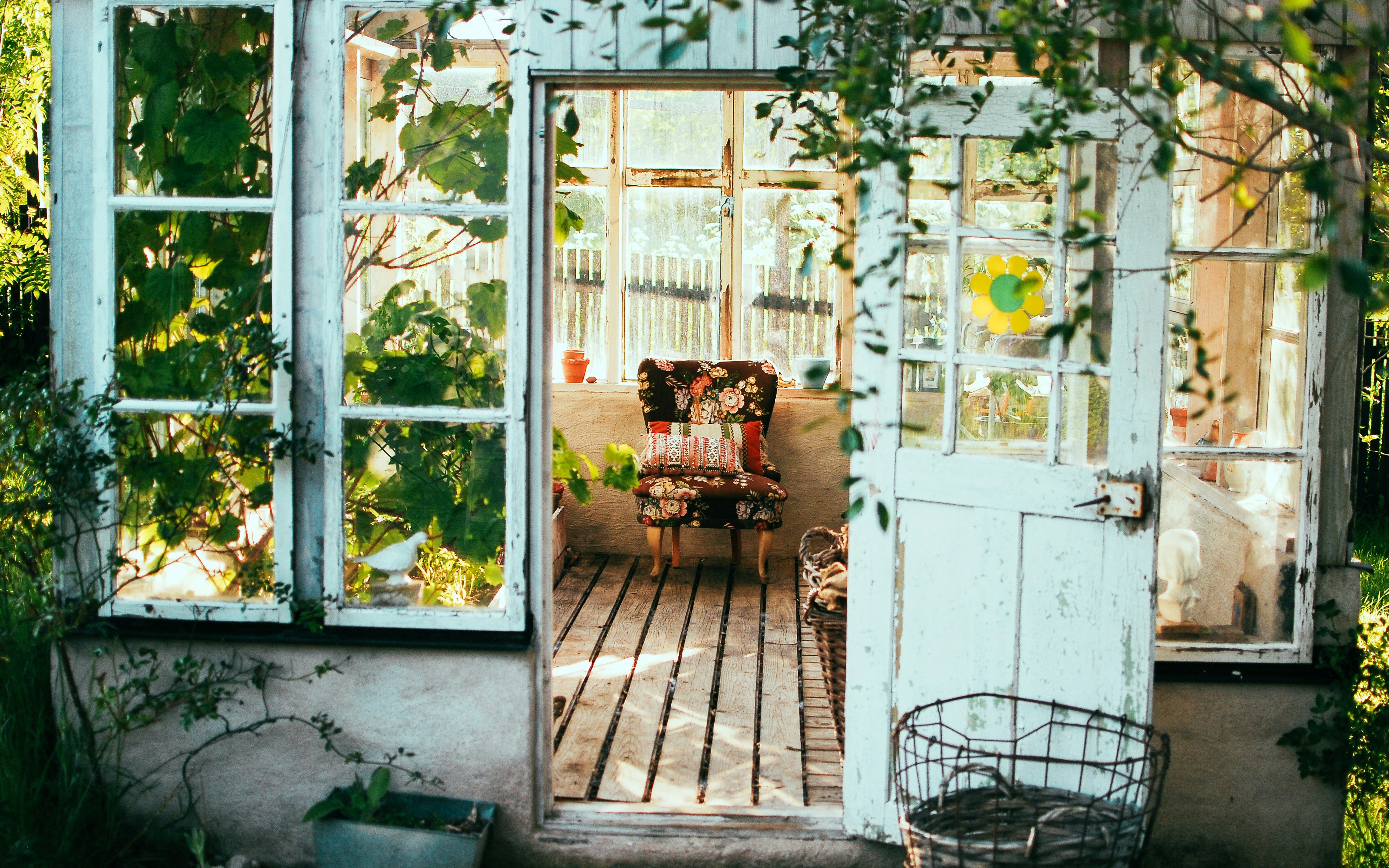Discovering the Fascination with Androgynous Fashion: The Subtlety and Style Impact
Androgynous fashion, a style that blurs the lines between traditionally masculine and feminine clothing, has been subtly shaping the fashion industry for decades. While the foundations of androgyny can be traced back to the 1920s, it was the rebellious spirit of the 1960s and 1970s that truly ushered in an era of gender-neutral dressing. Pop icons like David Bowie and Annie Lennox embraced this style, challenging societal norms and pushing boundaries of gender expression.

The Modern Androgynous Dressing: A Shift to Neutral Ground
The 21st-century fashion scene has seen a significant shift toward androgynous styles. From high-fashion runways to everyday streetwear, the lines between masculine and feminine dressing are increasingly blurred. The modern interpretation of androgynous fashion is less about emulating the opposite gender and more about creating a neutral space that doesn’t adhere to traditional gender norms. This trend signals a broader cultural shift, as consumers seek to express their identities beyond the binary.
The Appeal and Influence of Androgynous Fashion
The appeal of androgynous fashion lies in its inclusivity and versatility. It allows individuals to explore a spectrum of styles and identities, breaking away from rigid gender-based fashion norms. The influence of androgynous fashion extends beyond the individual, shaping societal perceptions and challenging traditional notions of gender.
Examining the Evolution of Androgynous Fashion
The evolution of androgynous fashion has been marked by a gradual shift from overtly masculine or feminine styles to more subtle, gender-neutral designs. This evolution reflects a broader societal trend towards gender equality and acceptance of diverse identities.
Insights to Embrace Androgynous Style
- Experiment with Silhouettes: Opt for loose, boxy silhouettes that don’t strictly adhere to traditional ‘masculine’ or ‘feminine’ shapes.
- Play with Textures: Mix and match different materials like leather, denim, and silk to create a dynamic, layered look.
- Accessorize Wisely: Opt for minimalist, versatile accessories that can complement a variety of outfits.
- Neutral Tones are Your Friends: Choose neutral colors like black, white, or gray as the foundation of your wardrobe.
In conclusion, androgynous fashion is much more than a fleeting trend. It’s a powerful expression of individuality and a statement against rigid gender norms. As society continues to evolve and embrace diversity, it’s likely that the lines between ‘masculine’ and ‘feminine’ in fashion will continue to blur. Whether you’re a fashion enthusiast or simply looking to experiment with your style, androgynous fashion offers a wide spectrum of possibilities to explore.




